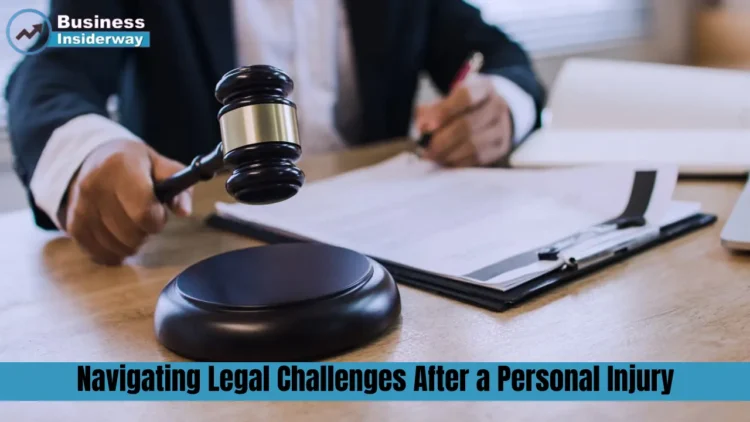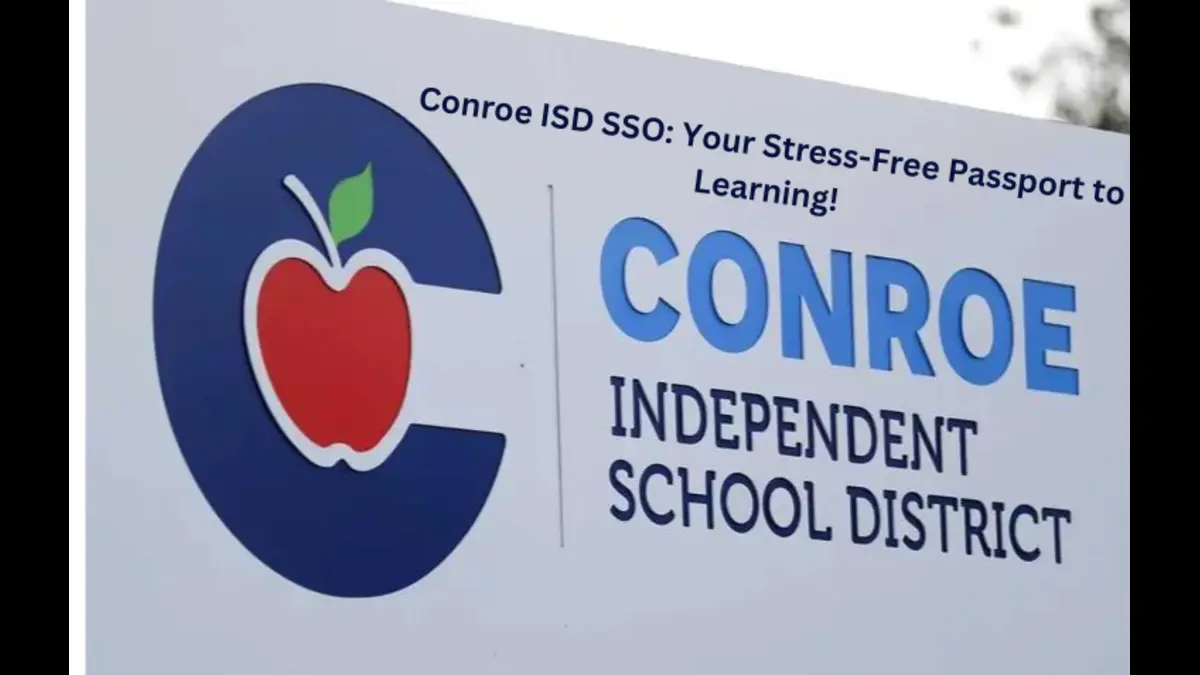Understanding Personal Injury Law: A Primer
The legal system known as personal injury law enables injured individuals to receive compensation when the actions of another cause their injuries. Complexities arise because each case has unique circumstances that could affect the outcome. Individuals navigating this legal terrain benefit from recognizing that they possess rights that, when adequately defended, can lead to substantial relief. It is not merely about lawsuits; it’s about restoring a balance and affirming that there is accountability where there should be. Groups such as Lampert & Walsh emphasize this accountability and are dedicated to guiding clients through the intricacies of the legal process.
The Part Negligence Plays in Cases of Personal Injury
In the eyes of the law, negligence is not just a simple oversight; it signifies a failure to take the care that a reasonable person would deem necessary under the circumstances. Establishing negligence is a multi-step process that necessitates showing a duty owed, a breach of that duty, causation, and the resulting damages. For example, when a driver runs a red light and causes an accident, that action (or inaction in some instances) could be deemed negligent, as a reasonable person would have stopped. This concept forms the building blocks of most personal injury claims, bearing heavily on the resulting judicial outcomes.
Calculating Compensation: Beyond Medical Bills
In the aftermath of a personal injury, tangible and intangible losses can be massive. These include the immediate medical bills, extended care, rehabilitation costs, lost wages, and the less real but equally vital pain and suffering. Lawyers must often advocate for a comprehensive compensation package that reflects these numerous dimensions, ensuring victims receive fair restitution. The process can be complex, as it involves projecting future costs and assessing non-economic impacts, such as the emotional toll on the injured party. The American Bar Association provides a clear exposition of how damages are calculated in these cases, shedding light on this multifaceted process.
The Limitation Period for Personal Injury Claims
The statute of limitations is a critical yet often overlooked aspect of personal injury claims. These laws impose a deadline for filing a lawsuit, which varies from state to state and can range from one year to several years post-incident. Failing to file within this window typically forfeits your right to sue, underscoring the importance of acting promptly and decisively when injured. Prospective litigants should consult with legal professionals to ascertain the applicable statute to avoid being shut out of court due to a procedural technicality.
Gathering Evidence: Building a Strong Personal Injury Case
A robust evidence foundation substantiates a formidable personal injury case. It may include capturing photographic evidence at the accident scene, obtaining surveillance video, collecting witness testimonies, and securing expert affidavits. In light of evidence that could dissipate or diminish over time, such as skid marks on a road or fleeting memories, the immediacy of this task cannot be overstated. Engaging legal counsel promptly can assist in effectively collecting and preserving this time-sensitive documentation, which is vital in establishing the entire incident narrative.
Choosing the Right Personal Injury Attorney
Selecting an attorney is paramount when facing the daunting prospect of a personal injury claim. The ideal advocate should not only have a solid track record in the personal injury arena but should also be someone with whom you can communicate effectively and who understands your specific needs and concerns. Their reputation and experience can aid significantly in navigating the murky waters of legal proceedings. They can distinguish between a mediocre outcome and comprehensively addressing the harms incurred. Initial legal consultations often serve as an invaluable touchpoint in determining whether an attorney’s profile aligns with your case’s requirements.














